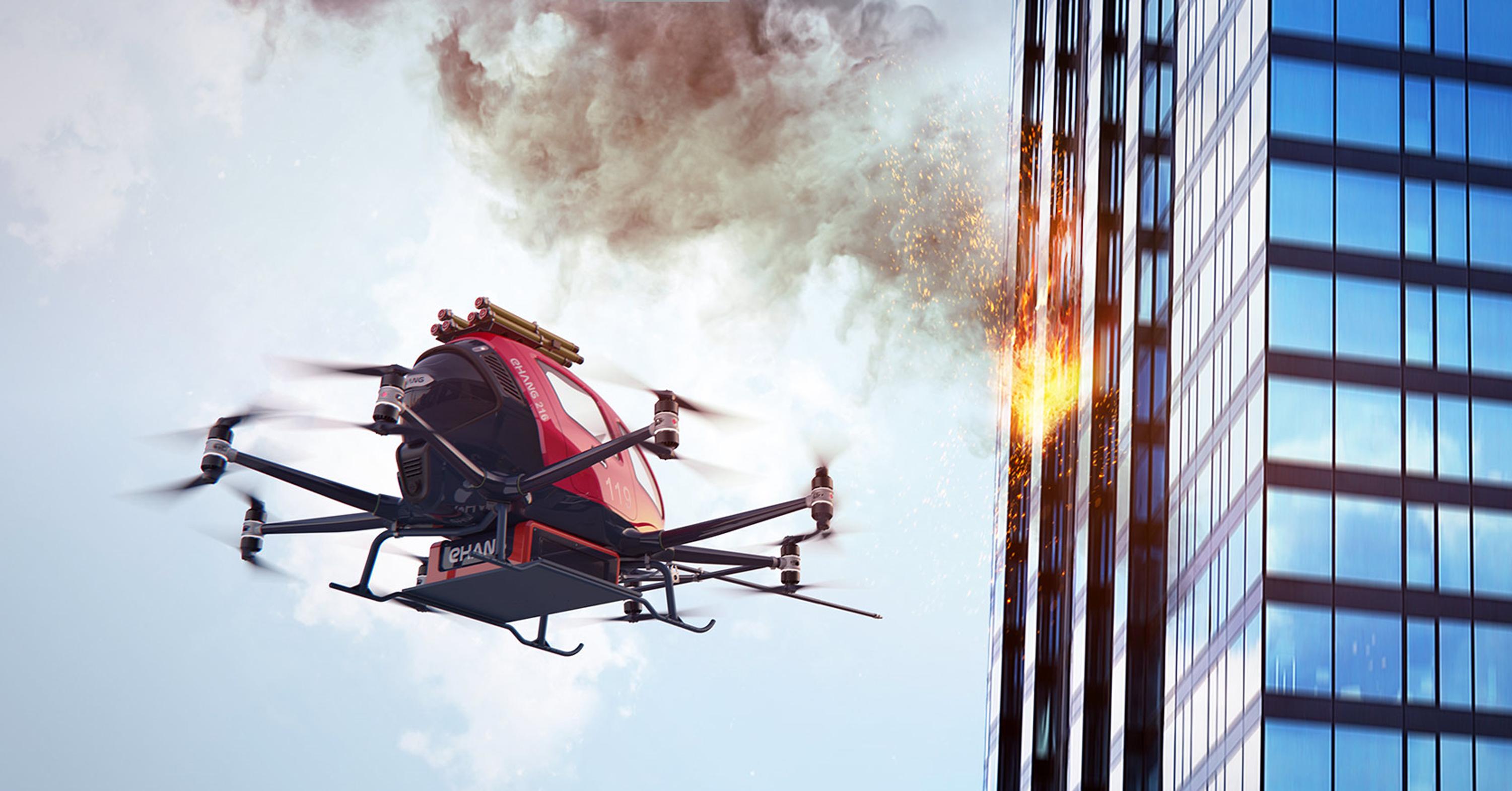
Credit: EHang
Autonomous advanced air mobility (AAM) vehicles offer a solution to minimizing the environmental impact of wildfires, panelists told a White House-sponsored AAM conference Aug. 3. “Today, wildfires represent almost 20% of our global CO2 emissions,” Joby Aviation founder and CEO JoeBen Bevirt said....
Subscription Required
This content requires a subscription to one of the Aviation Week Intelligence Network (AWIN) bundles.
Schedule a demo today to find out how you can access this content and similar content related to your area of the global aviation industry.
Already an AWIN subscriber? Login
Did you know? Aviation Week has won top honors multiple times in the Jesse H. Neal National Business Journalism Awards, the business-to-business media equivalent of the Pulitzer Prizes.
